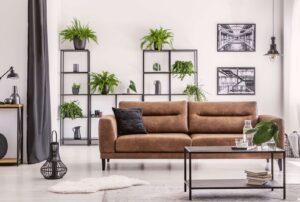
In the world of interior design, trends come and go, but there is one timeless choice that never truly goes out of style: the allure of dark colors. Deep, rich, and enigmatic, dark hues have a unique way of transforming a space, infusing it with a sense of drama and sophistication.
This blog post delves into the captivating world of dark colors in interior design. We will explore how these deep shades can be used to create spaces that exude elegance, mystery, and timeless charm.
1. The Psychology of Dark Hues
To fully appreciate the allure of dark colors in interior design, it’s essential to understand the psychology behind these hues. Dark colors are often associated with depth, mystery, and strength. They possess an undeniable gravitas that can’t be ignored.
1.1 The Power of Elegance
Dark colors have an inherent ability to lend an air of sophistication and elegance to a room. They provide a canvas for opulent, luxurious décor, making it clear that this is a space of refinement and taste.
1.2 Creating a Cozy Retreat
There is an undeniable coziness that comes with dark colors. They wrap a room in warmth, making it the perfect retreat for a cold winter’s night. The feeling of being enveloped in a dark-hued room is like a comforting hug from your home.
1.3 Defying Expectations
Dark colors in interior design are not about creating dim, gloomy spaces. Instead, they challenge expectations and create a dynamic backdrop for other design elements to shine. They are a statement of confidence, a celebration of boldness, and a testament to the enduring allure of the enigmatic.
1.4 The Versatility of Dark Hues
Contrary to the belief that dark colors can make a space feel small, they can actually be remarkably versatile. They can be used in both small and large rooms, and when paired with the right lighting and complementary colors, they can make a space feel both cozy and expansive.
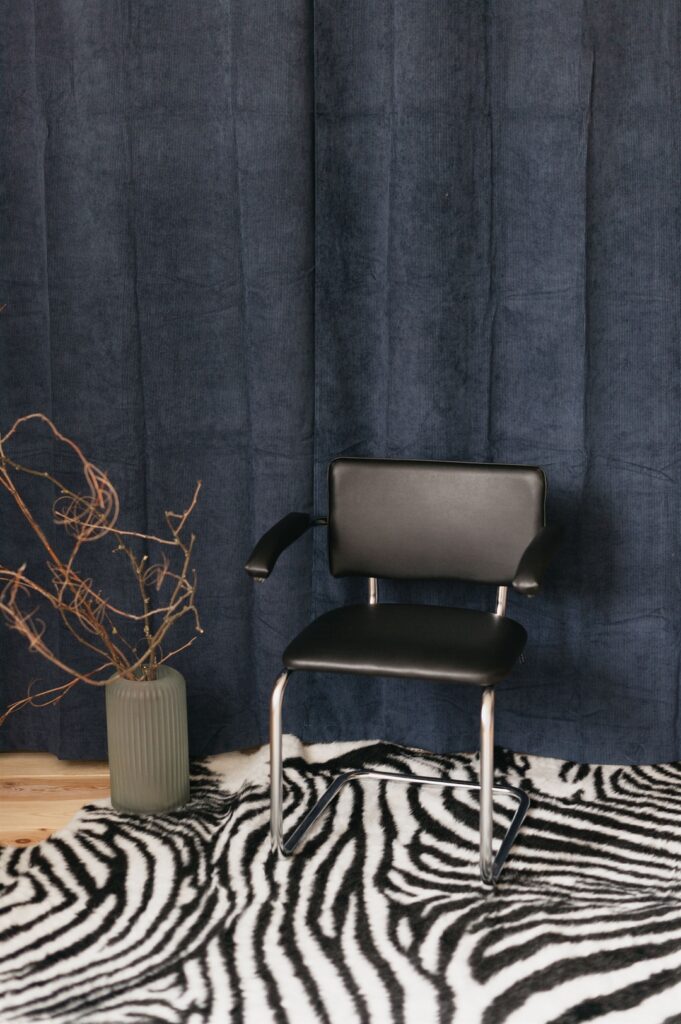
2. The Art of Balance
When incorporating dark colors into your interior design, balance is key. Here is how to master the art of balance:
2.1. Contrast with Light Elements
The secret to successfully using dark colors lies in contrast. Pair deep, moody shades with light elements to create a harmonious equilibrium. Light-colored furniture, decor, or trim can make dark walls pop, adding dimension to your space.
2.2. Select the Right Finish
Choosing the right finish for dark colors is crucial. Matte or eggshell finishes often work well, as they can minimize the reflective quality of the paint and add to the cozy atmosphere. However, in high-traffic areas, you might prefer a satin finish for its durability and ease of cleaning.
2.3. Harness Natural Light
Natural light is a valuable asset when working with dark colors. Maximize it by using large windows, strategically placed mirrors, and light-enhancing materials in your decor. The interplay of natural light on dark walls can create a breathtaking, dynamic effect.
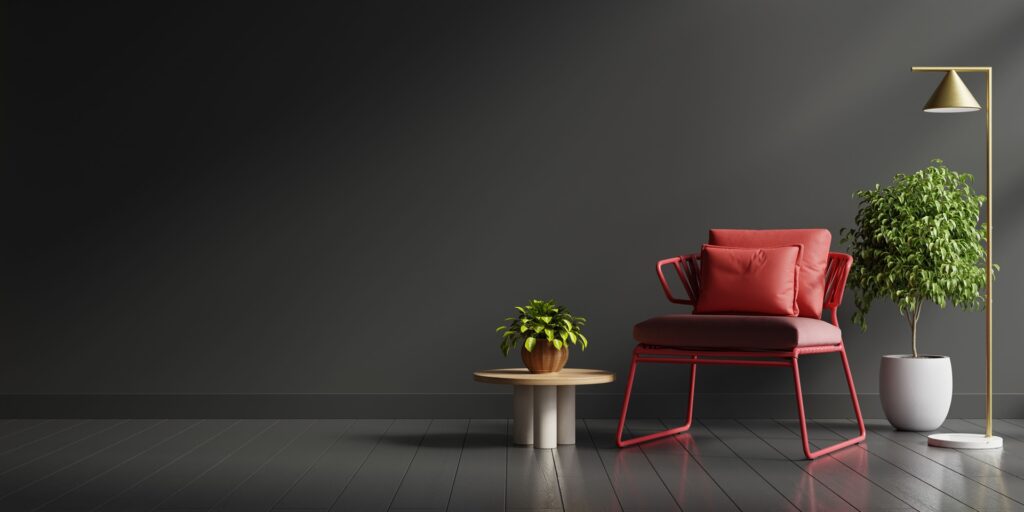
3. Dark Walls and Interiors
Dark walls and interiors can transform your living space in remarkable ways. Let’s explore how:
3.1. Cozy Elegance
Dark walls exude a sense of coziness and intimacy, making them an excellent choice for bedrooms, libraries, and sitting rooms. When paired with plush furnishings and soft lighting, they create an inviting and elegant atmosphere.
3.2. Dramatic Impact
For spaces like dining rooms or formal living areas, dark walls can deliver a sense of drama and sophistication. Deep colors like charcoal, navy, or emerald can set the stage for memorable gatherings and fine dining experiences.
3.3. Accent Walls
If you are not ready to commit to an entire room in dark colors, consider creating an accent wall. This feature can be a focal point, drawing the eye and adding depth to your interior design.
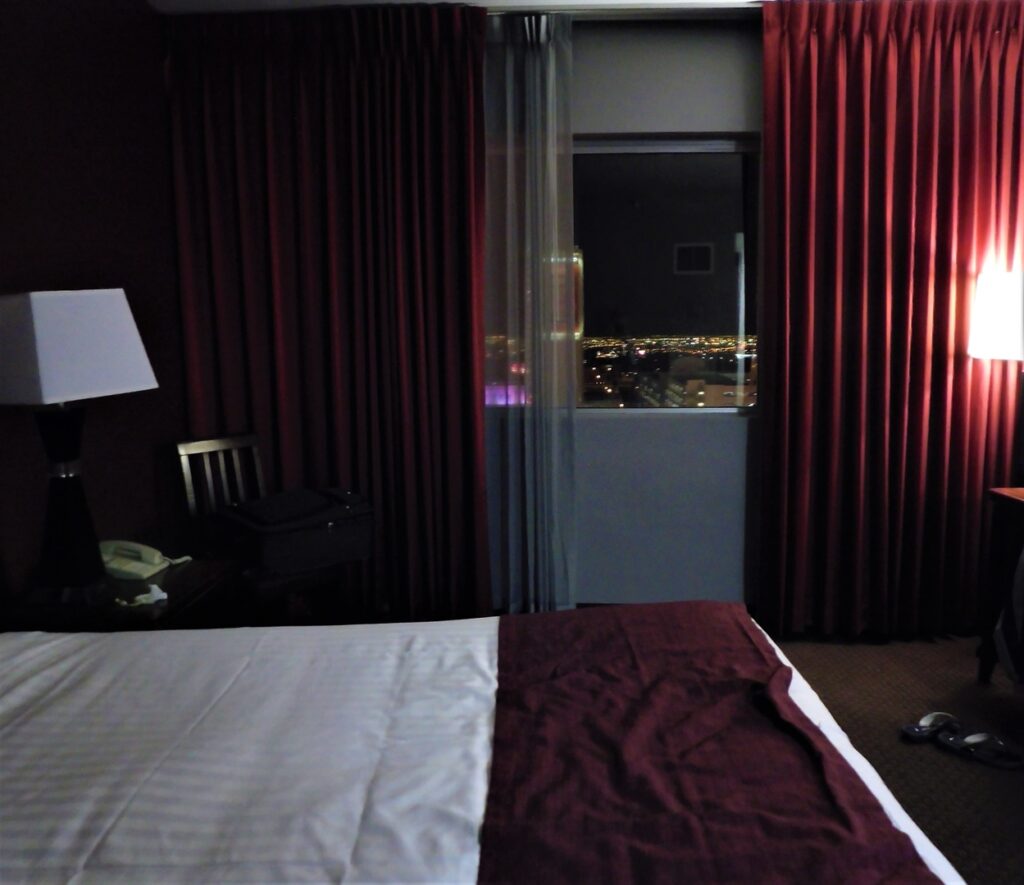
4. Dark Flooring and Ceilings
When it comes to integrating dark colors into your interior design, the flooring and ceilings present unique opportunities. Here is how to make the most of these elements:
4.1 Dark Flooring Options
- Hardwood Elegance: Dark hardwood floors, such as walnut or espresso-stained oak, offer a sense of luxury and contrast well with lighter furniture and walls.
- Eco-Friendly Alternatives: Opt for dark bamboo or cork flooring for a sustainable and chic choice.
- Dark Tiles: Dark porcelain or stone tiles, like slate or granite, bring a sleek, modern edge to your space, especially in kitchens and bathrooms.
4.2 Ceilings: The Fifth Wall
- Dark Ceiling Paint: Experiment with dark paints or textured wallpapers on the ceiling to create an intimate and cozy atmosphere.
- Decorative Molding: Dark molding or ceiling beams can add a touch of sophistication to your space, especially in traditionally styled rooms.
- Play with Lighting: Enhance the dark ceiling effect with strategic lighting, like chandeliers or pendant lights, to create an enchanting ambiance.
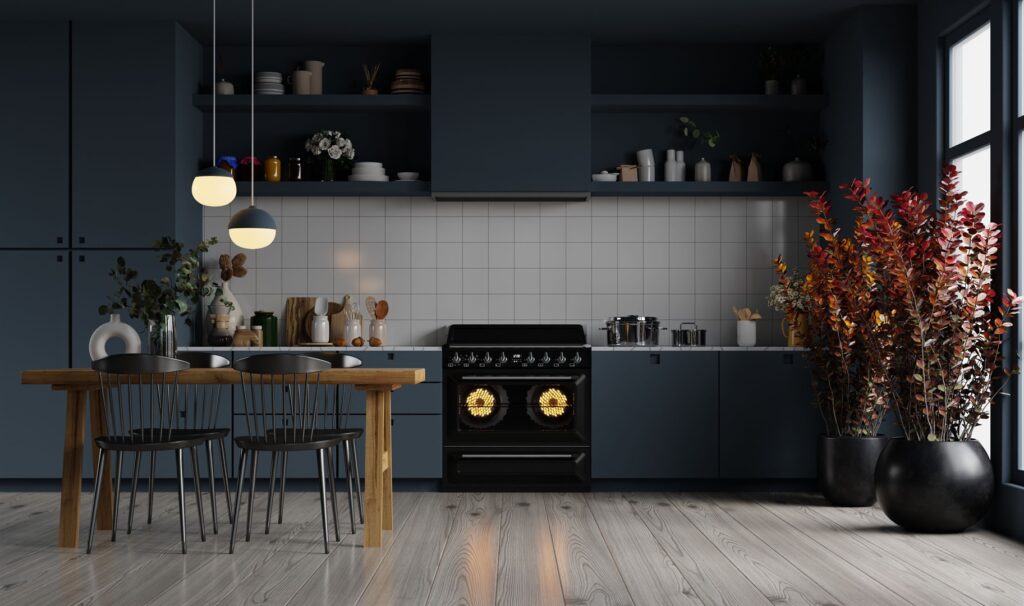
5. Moody Elegance in Different Design Styles
Dark colors are incredibly versatile and can be adapted to various interior design styles:
5.1 Modern Minimalism:
In a minimalist setting, dark hues can add depth and create a bold focal point. Use dark furniture or accent walls sparingly to maintain the clean lines and simplicity of the style.
5.2 Contemporary Chic:
Dark colors, when combined with plush textures like velvet or silk, lend a contemporary space an air of opulence. Consider deep-colored sofas, curtains, or statement pieces.
5.3 Industrial Edge:
Dark walls or floors in an industrial-style space can evoke a sense of urban sophistication. Exposed brick and metal accents harmonize beautifully with dark hues.
5.4 Classic Glamour:
In traditionally styled interiors, dark colors exude classic elegance. Think rich, dark wood furniture, jewel-toned upholstery, and ornate accessories.
5.5 Bohemian Vibes:
Dark colors can coexist with the bohemian aesthetic, especially when paired with vibrant, eclectic decor and natural materials like rattan or jute.
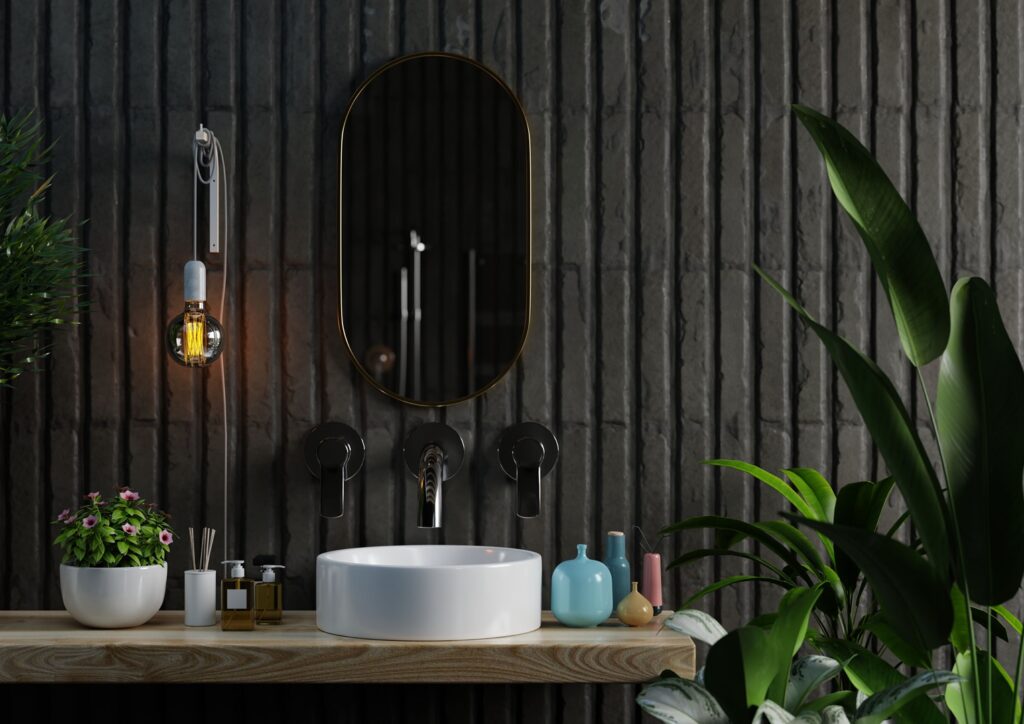
6. Lighting and Dark Spaces
Natural Light Enhancement: The interplay between dark colors and natural light is a fascinating one. Dark interiors often benefit from an abundance of natural light. Large windows or strategically placed mirrors can amplify the illumination and create a beautiful contrast with the dark backdrop.
6.1 Reflective Surfaces:
To make the most of available light, consider adding reflective surfaces like metallic finishes, glass, or polished stone. These elements bounce light around the room, illuminating even the darkest corners.
6.2 Lighting Fixtures:
Carefully selected lighting fixtures can become stunning focal points within a dark interior. Chandeliers, sconces, and unique pendant lights provide both function and style, creating a warm and inviting atmosphere.
6.3 Creating Ambiance:
Dark colors can set the stage for a variety of moods. Intimate and cozy, dark spaces are ideal for bedrooms, libraries, and dining areas. The right lighting, like soft, warm LEDs or dimmer switches, can enhance the ambiance and allow for versatility in these spaces.
6.4 Layered Lighting:
Layered lighting is crucial in dark spaces. Task lighting for reading, ambient lighting for general illumination, and accent lighting to highlight architectural features or artwork create a harmonious blend of functionality and aesthetics.

7. Furnishings and Decor Choices
Dark interiors provide an excellent canvas for striking contrasts. Lighter furnishings, such as cream-colored sofas, ivory rugs, or pale wood tables, pop against dark backdrops, creating a dynamic and visually engaging effect.
7.1 Texture Play:
Texture becomes a critical element in dark interiors. Velvet upholstery, lush rugs, and textured wall coverings add depth and tactile interest to the space. This layering of textures enhances the overall design.
7.2 Art and Accents:
Brightly colored artwork and vibrant decor pieces draw the eye and add personality to dark spaces. These accents become the focal points within the room and create a sense of intrigue.
7.3 Color Harmonies:
Dark colors can be beautifully paired with rich jewel tones or metallic accents. Deep purples, emerald greens, or metallic gold and brass elements complement dark backgrounds, adding opulence and depth to the design.
7.4 Monochromatic Themes:
For a sleek and sophisticated look, consider a monochromatic theme. Different shades of the same dark color create a cohesive and elegant atmosphere that exudes harmony.
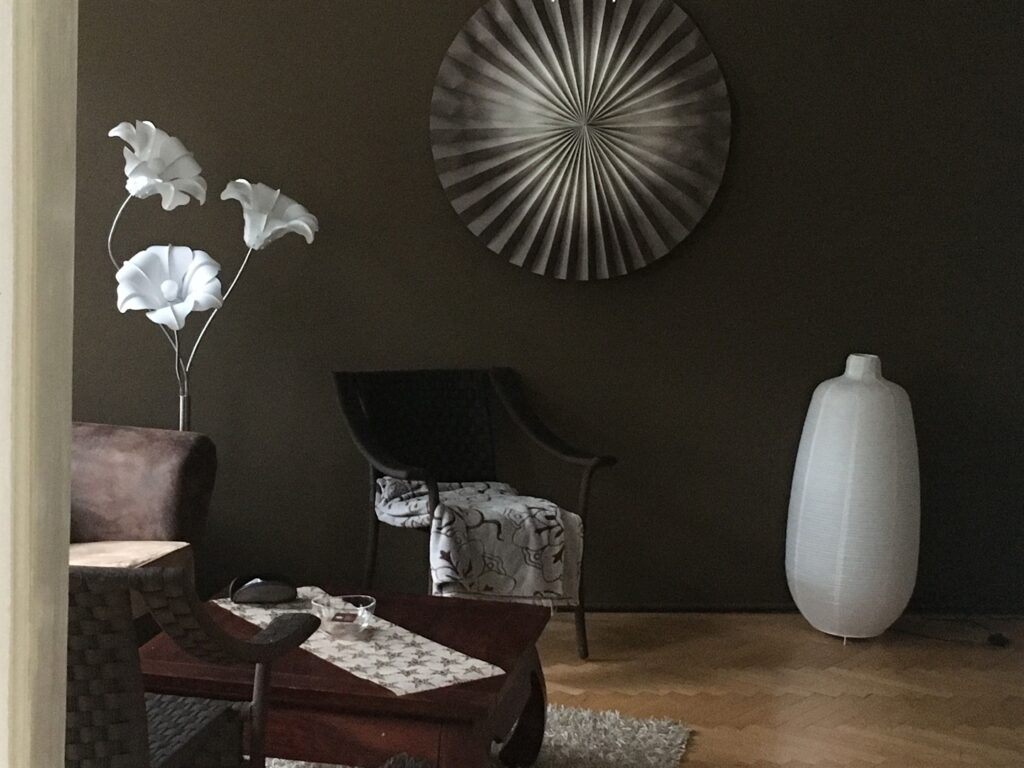
8. Timeless vs. Trendy: Using Dark Colors Wisely
Dark colors have been a recurring motif in interior design for decades, and they continue to capture the imagination of designers and homeowners alike. However, using dark colors wisely is the key to achieving a timeless, elegant interior that will not fall prey to passing trends.
8.1. Assessing the Space
The first step in using dark colors wisely is understanding your space. Dark colors can make a room feel cozy and intimate, but they can also make it seem smaller. Before you commit to a dark color scheme, assess the size and natural light of the space.
8.2. The Accent Wall Approach
If you are cautious about using dark colors liberally, consider an accent wall. A single wall painted in a deep, rich color can create a focal point without overwhelming the entire room. This approach allows you to experiment with darker hues without making a long-term commitment.
8.3. Embracing Neutrals
Combining dark colors with neutral tones can strike a harmonious balance. For instance, a dark gray wall paired with crisp white trim can create a classic and elegant look. Mixing dark and light neutrals can add depth and sophistication to your space.
8.4. Bold Furniture and Accessories
Dark colors can also be introduced through furniture and accessories. A dark-colored sofa or a rich, deep wood coffee table can anchor a room and lend a touch of timeless elegance. You can complement these furniture pieces with bold throw pillows, rugs, or curtains that share the same color palette.
8.5. Layering Textures
Texture is an essential element when working with dark colors. Incorporate various textures like velvet, leather, or metallic accents to add depth and intrigue to the space. These textures play with light and shadow, enhancing the allure of dark colors.
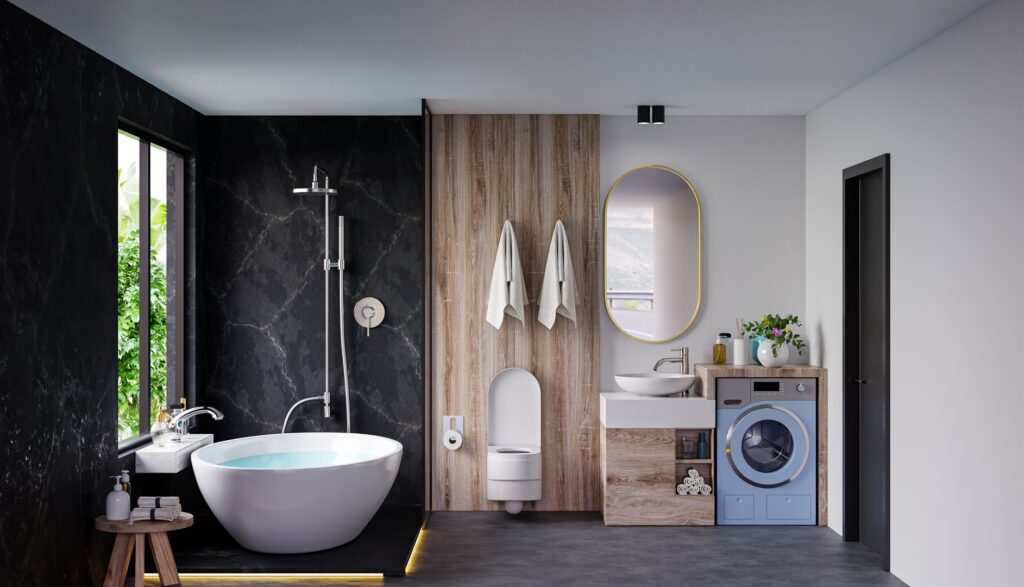
Conclusion
In conclusion, the allure of dark colors in interior design is undeniable. When used wisely, they can transform a space into a timeless and elegantly enigmatic haven. The interplay between dark colors, lighting, and texture can create an ambiance that is both warm and sophisticated. So, whether you opt for a bold, dramatic statement or a subtle, moody undertone, dark colors have a place in every interior designer’s toolkit.
By thoughtfully applying these colors, you can achieve an enduring sense of style that transcends passing trends. As the saying goes, “The darkest nights produce the brightest stars,” and in the realm of interior design, dark colors shine brilliantly.
Recent Articles
-
 Winter's Warm Embrace: Crafting A Cozy Sanctuary With Hygge-Inspired Décor
Winter's Warm Embrace: Crafting A Cozy Sanctuary With Hygge-Inspired Décor -
 The Art Of Elevating Well-Being With Nature-Infused Interior Design
The Art Of Elevating Well-Being With Nature-Infused Interior Design -
 Enigmatic Allure: The Timeless Elegance Of Embracing Dark Colors In Interior Design
Enigmatic Allure: The Timeless Elegance Of Embracing Dark Colors In Interior Design -
 Sustainable Serenity: Crafting Eco-Friendly Sanctuaries With Organic Materials In Interior Design
Sustainable Serenity: Crafting Eco-Friendly Sanctuaries With Organic Materials In Interior Design


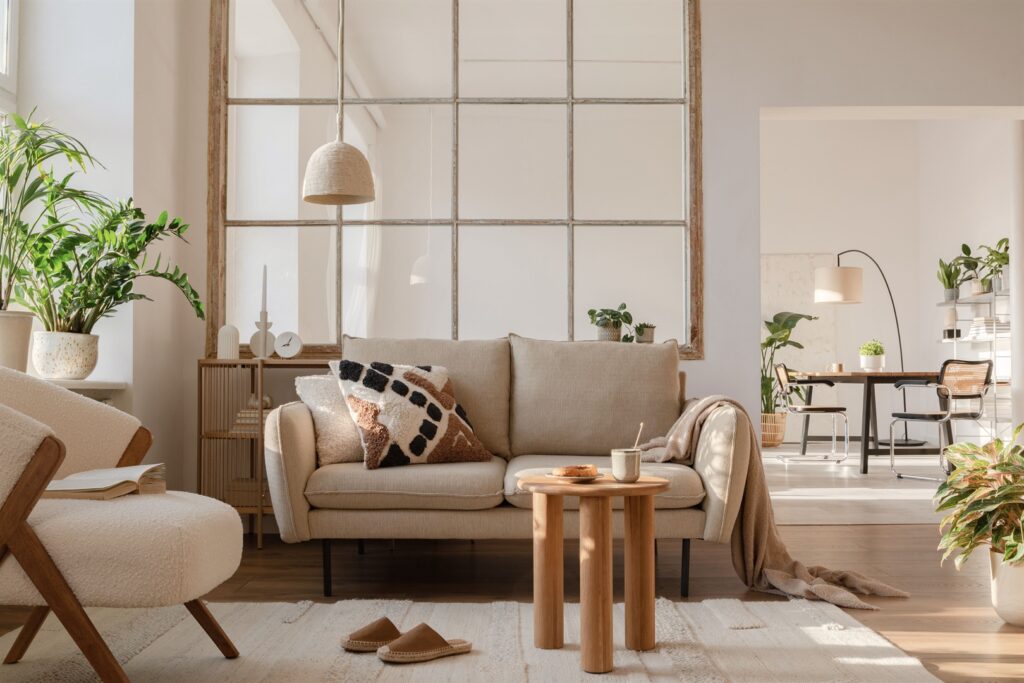
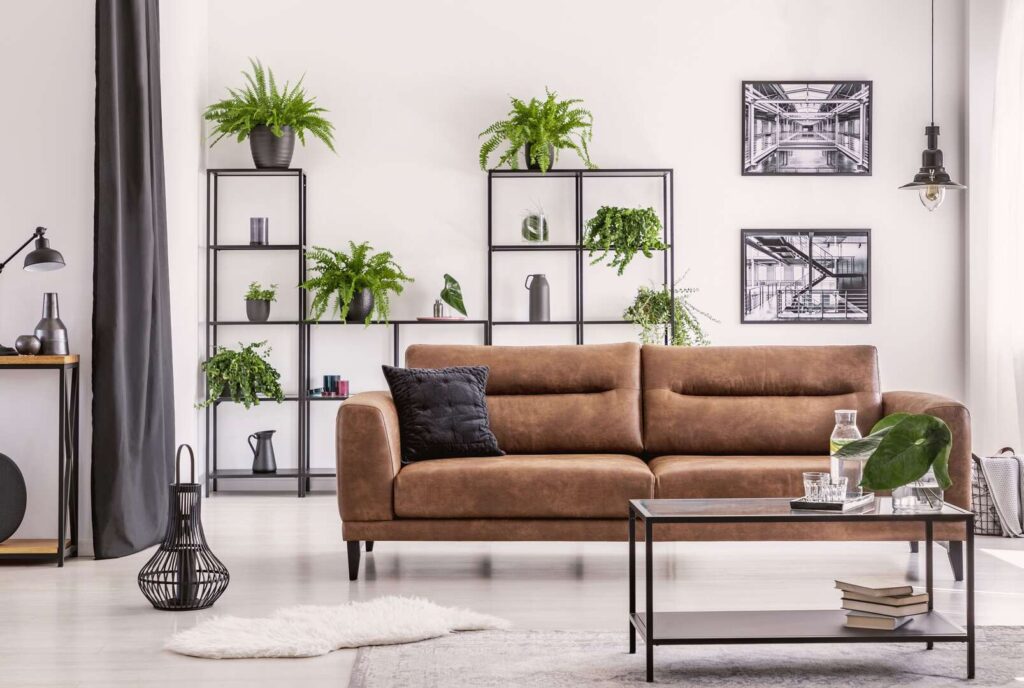
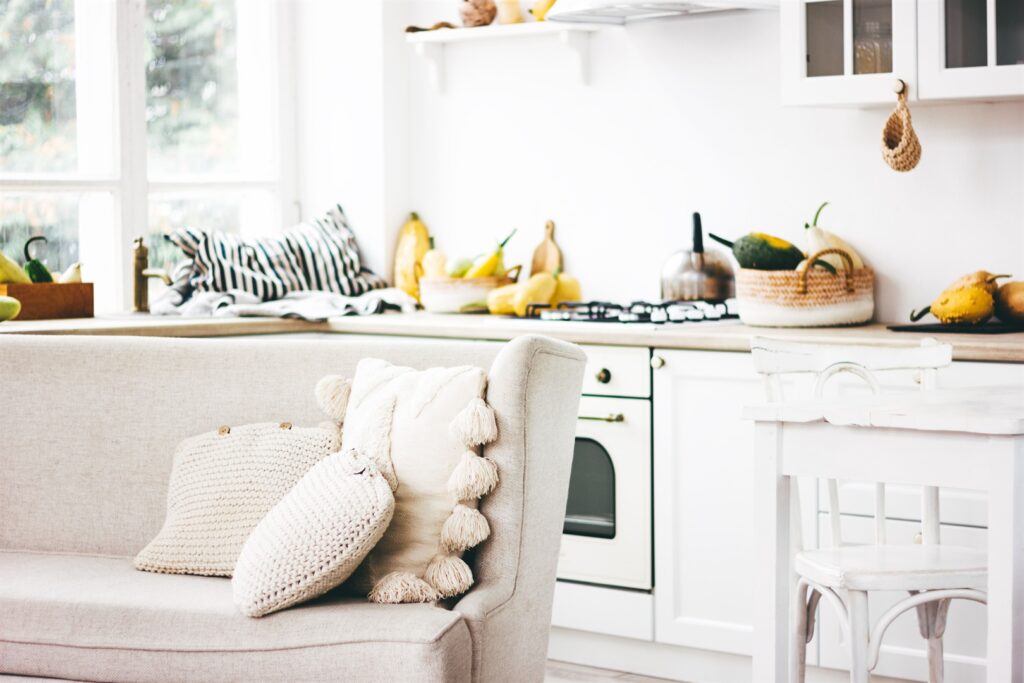
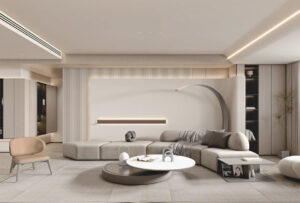
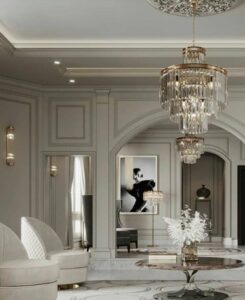


.png)